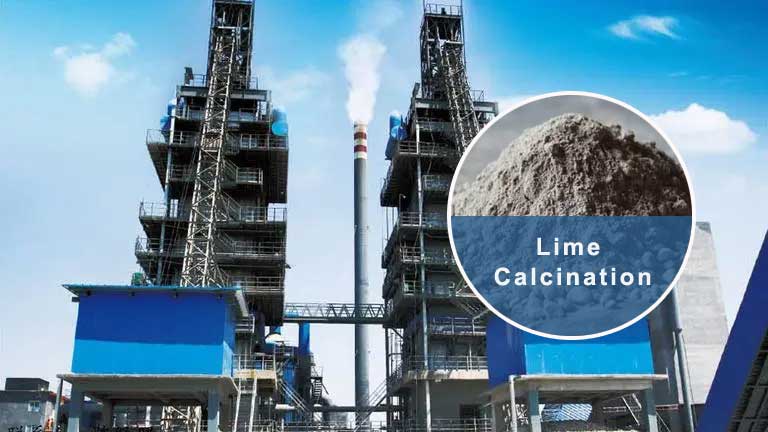Building a Lime Calcination Plant: From Desgin to Operation

Preliminary Planning
Embarking on the construction of a lime calcination plant requires meticulous planning to set the foundation for success.
- Site Selection: Choosing the right location involves considering factors such as limestone accessibility, proximity to transportation, and adherence to environmental regulations.
- Feasibility Study: Conducting a thorough feasibility study is crucial. Analyzing the market for quicklime, estimating costs, and projecting finances provide a roadmap for the project's viability.
Engineering and Design
Once the groundwork is laid, engineers delve into the intricacies of design to ensure optimal functionality.
- Process Design: Selecting the appropriate lime calcination technology, such as a vertical shaft kiln, and designing key components like the kiln itself are critical steps.
- Plant Layout and Equipment Selection: Planning the layout for workflow efficiency and selecting equipment such as crushers and conveyors are essential aspects of this phase.
Construction
With plans in hand, the construction phase takes center stage.
- Earthworks and Foundations: Excavation, grading, and constructing foundations set the groundwork for the plant's physical structure.
- Installation of Key Components: Assembling and installing the kilns, feed systems, and combustion systems are pivotal tasks during construction.
Commissioning and Testing
The commissioning phase ensures that the plant is ready for operation and can produce high-quality lime.
- Kiln Preheating and Initial Startup: Gradually heating the kiln to operational temperatures and checking for mechanical integrity mark the beginning of the commissioning process.
- System Integration and Performance Testing: Calibrating control systems, testing the entire lime calcination process, and fine-tuning operational parameters ensure optimal performance.

